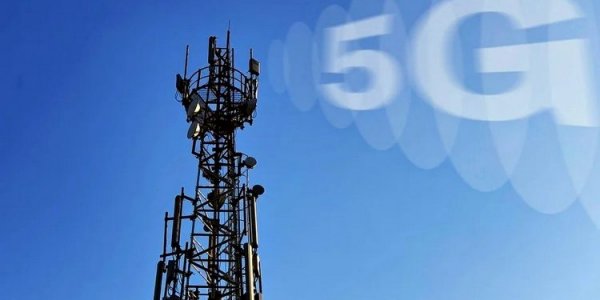A group of researchers conducted more than 30,000 measurements of 5G signal strength in various locations in Switzerland and, accordingly, made certain conclusions.
11 0

Photo – t4.com.ua
As reported by “NBN” with a link to the project material GOLIAT, a large-scale study of the radiation intensity from smartphones and 5G network towers in Switzerland, has revealed a certain paradox: despite the fact that in rural areas the overall “background” indicator is lower, users receive a higher “dose” from their devices compared to cities (29 mW/m² instead of 16 mW/m²).
According to Adrián Fernández Veludo, a co-author of the study, this trend is explained simply: in rural areas, where 5G network coverage is slightly less dense, smartphones have to work at maximum power to stay connected:
…The typical mobile phone user is more exposed to radiation in areas with low base station density.
Also, a number of studies demonstrate that prolonged exposure to radio frequency radiation can cause a certain type of biological “defects”, in particular, a slight increase in the temperature of the skin and muscle tissue, but there is no definitive evidence that these factors are too harmful to health.
Earlier, our information portal wrote about the fact that scientists have figured out how to “steal” a working model of artificial intelligence.
